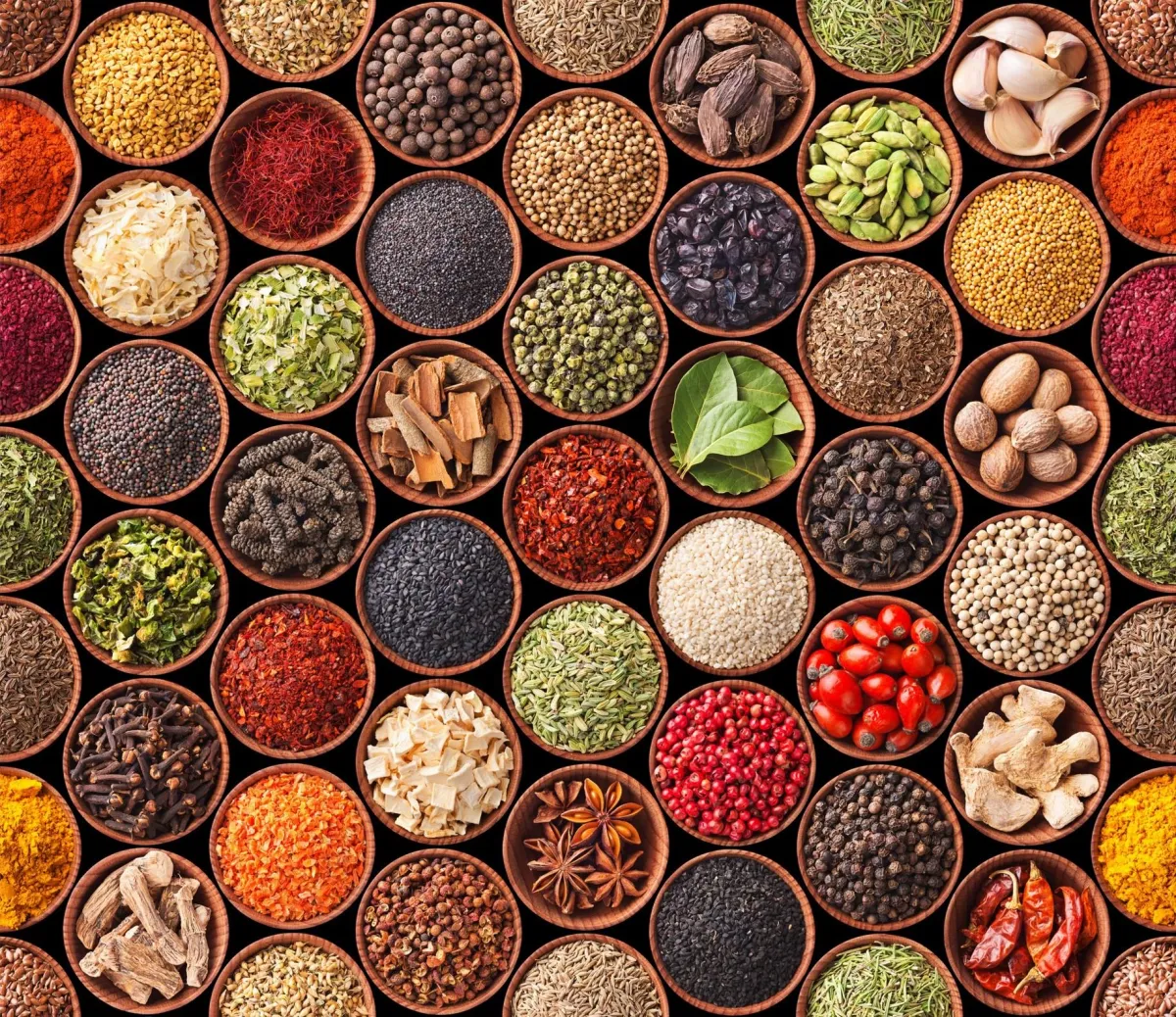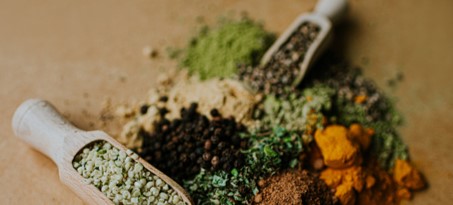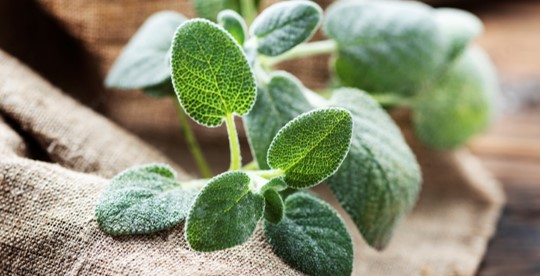
Guide to Spices and Herbs
A Beginner's Guide to Spices and Herbs
Spices and herbs are the key to building complex, delicious flavors in your cooking.
Herbs vs. Spices
A quick distinction:
Herbs are the leafy parts of plants, like basil, oregano, and rosemary. They are often used fresh but can also be dried.
Spices are made from the roots, stems, seeds, bark, or fruit of plants, such as cinnamon, cumin, and pepper.

The Building Blocks: Essential Spices
While there are thousands of spices in the world, starting with a few common ones will give you a strong foundation. These are the spices you'll find in countless recipes and are a great starting point for any kitchen. Black Pepper, Garlic Powder, Onion Powder, Paprika, Cumin, Cinnamon

Beyond the Basics: Expanding Your Spice Rack
Once you're comfortable with the essentials, here are a few more versatile spices to add to your collection: Chili Powder, Ginger, Coriander, Nutmeg, Turmeric, Cayenne Pepper

Tips for Cooking with Spices
Taste as you go: Start with a small amount of a new spice and add more to taste. It's much easier to add more than to take away.
Store them properly: Keep your spices in airtight containers in a cool, dark place away from heat and light to preserve their flavor.
Buy in small amounts: Spices lose their potency over time. Buying smaller quantities ensures they are fresh and flavorful.
Whole vs. Ground: Whole spices (like whole cumin seeds) have a longer shelf life and more intense flavor when freshly ground. Ground spices are convenient but lose flavor more quickly.
Don't be afraid to experiment! The best way to learn about spices is to try them in different combinations and with different foods.
A Beginner's Guide to Fresh and Dried Herbs
Herbs are the leafy parts of plants, and they bring fresh, vibrant, and often delicate flavors to a dish. While spices often provide a deep, warm base, herbs add a bright top note. You can use most herbs fresh or dried, but their flavor profiles and intensity will differ.

Tips for Using Herbs
Fresh vs. Dried: A good rule of thumb is to use about three times as much fresh herb as dried herb. For example, if a recipe calls for 1 teaspoon of dried oregano, you would use 3 teaspoons of fresh chopped oregano.
When to Add: Add hearty herbs like rosemary and thyme at the beginning of cooking to allow their flavors to infuse. Add delicate herbs like parsley, basil, and cilantro at the end to preserve their fresh flavor and color.

Return to Adulting Playbook home or Adulting 101 course.
Paprika
Garlic Powder
Onion Powder
Cinnamon